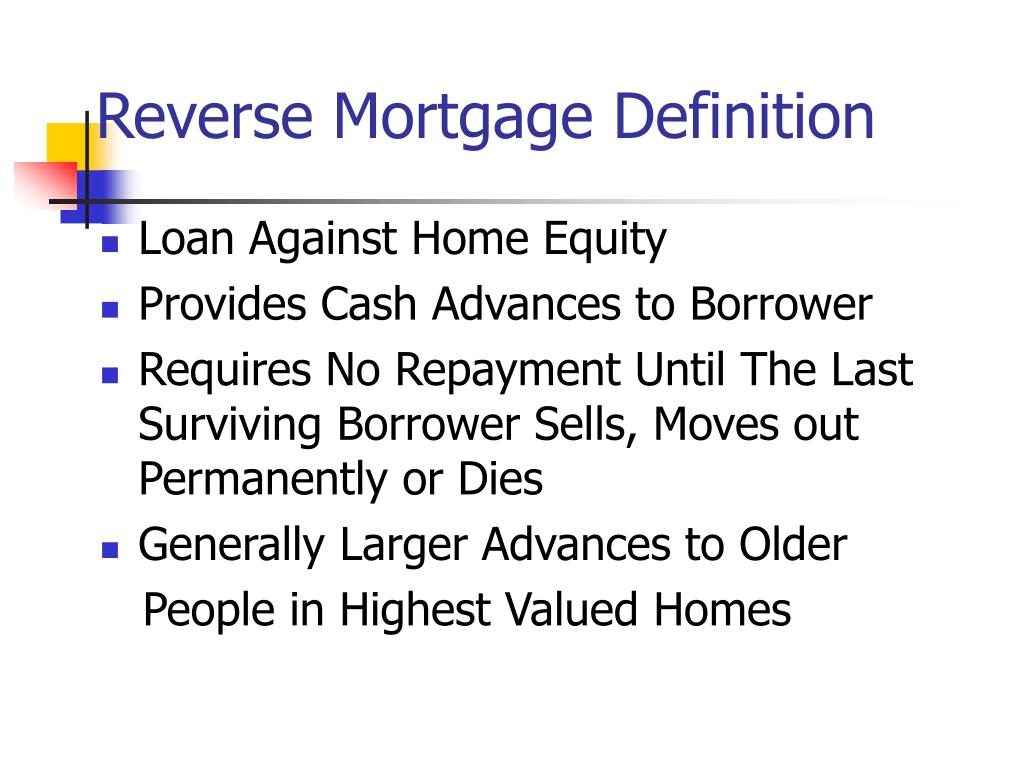
I’m not making a value judgment here, just stating the facts. That’s a risk the buyer and seller take whenever there is a private note wrapped around a conventional loan containing a due-on-sale clause. However, if the lender finds out that the property has changed hands – usually in a notification from the insurance company of new name on the homeowner’s policy – the entire remaining balance of the loan can be called due and payable. As long as the lender receives the proper payment each month, nothing happens. The payments continue to be made each month, either by the seller or the new owner of the home. The reality is that many buyers take title to a home subject to the existing mortgage on the property. Placing a wrap-around loan on a home will trigger the due-on-sale clause on the current mortgage – but only if the lender finds out about it. That brings up the problem of the due-on-sale clause on the existing mortgage on the home. I don’t want to let the buyers have some stranger assume the loan and take over the payments because I have no way to know whether the new buyers are creditworthy. That’s because I’m carrying the contract based on the creditworthiness of the person buying my home. I might instead have a 30-year note with a due-on-sale clause that would require the buyer to pay me off if and when the house is sold in the future. But if I’m carrying the note as a means of generating extra retirement income, I would make the balloon period long (e.g., 10 years), or I might not have any balloon payment clause at all. As the seller, if my goal is to be cashed out as soon as possible, I would make the balloon period short (e.g., three years).
Wraparound mortgage definition full#
For example, the remaining balance on the note might be due and payable in full on the fifth anniversary of the note. In the real world, sellers are rarely willing to carry a private contract for 30 years, so there is typically a balloon payment clause in the note. By offering a below-market rate, there is less chance you will pay off the loan early.Īlso notice that the payments on the wrap-around note are based on a 30-year amortization schedule in order to keep the monthly payments low.

Why? Maybe the seller is retiring and they just want an ongoing income stream rather a lump sum of cash. In some cases, the seller might want to offer below-market rate financing. Just keep in mind that the interest rate charged on a wrap-around note, or any private contract, is subject to negotiation between the buyer and seller. If I’m going take more risk than the bank, I deserve to be paid a higher interest rate for my trouble.

That’s why they can’t get a loan from a bank. Buyers looking for seller-financing often have poor credit, income that is unpredictable or difficult to document or both. That’s because a private note carries more risk. Note that the interest rate on the wrap-around note is slightly higher than the going rate for a conventional loan. The existing mortgage would stay in place and my private note would wrap around it. That means I would collect $1,796 from the buyer each month, make the $850 payment on my existing loan, and then pocket the $946 difference. I would carry back a $270,000 note at an interest rate of 7 percent with payments of $1,796 per month, based on a 30-year amortization schedule. Let’s assume the payment on my $150,000 mortgage is $850 per month.


I’m willing to take a $30,000 down payment with the balance of the purchase price to be financed on a $270,000 private contract using a wrap-around note. For example, let’s say I’m selling a house for $300,000 and I owe $150,000 on the existing mortgage.


 0 kommentar(er)
0 kommentar(er)
